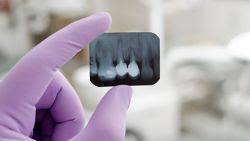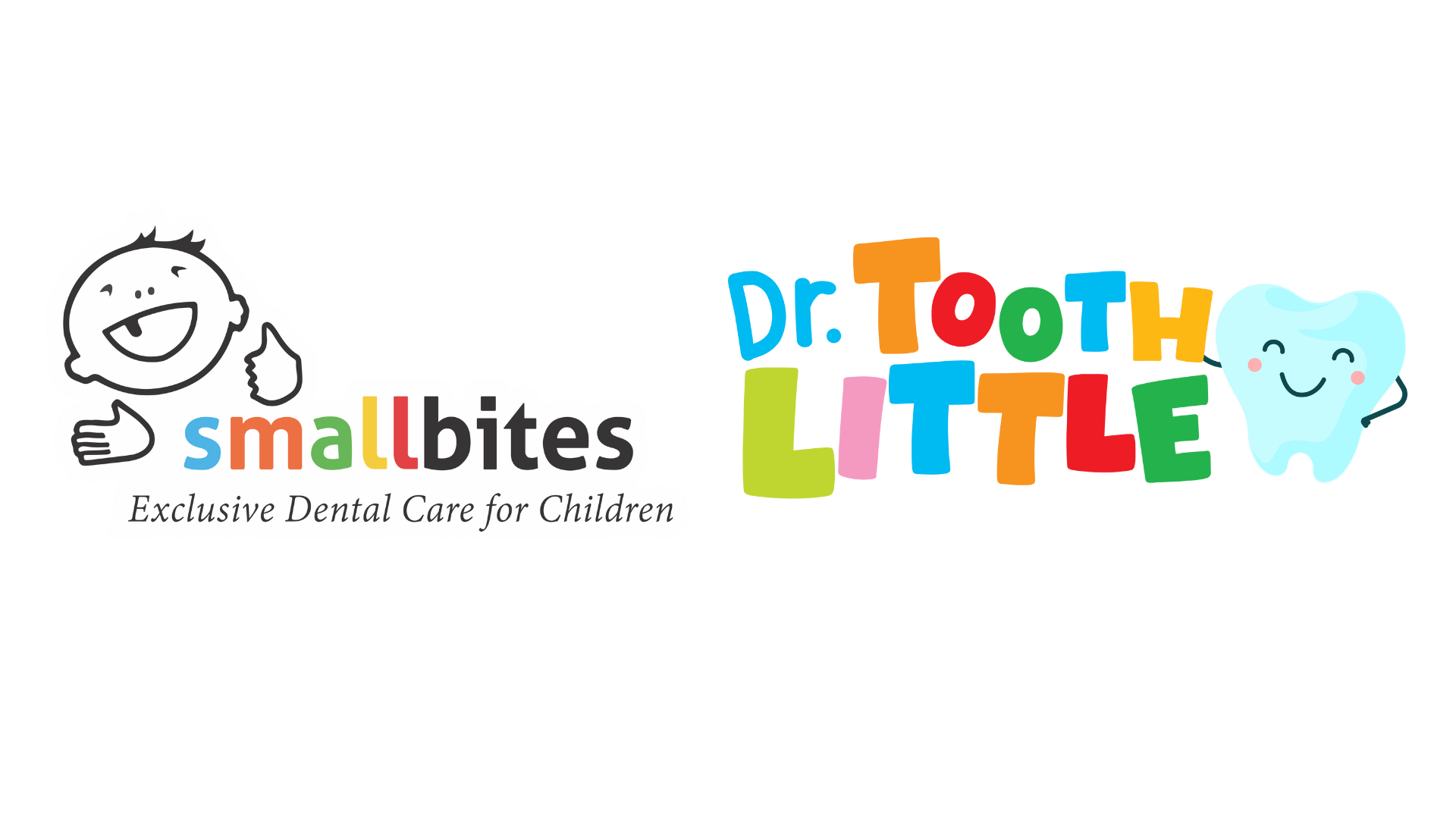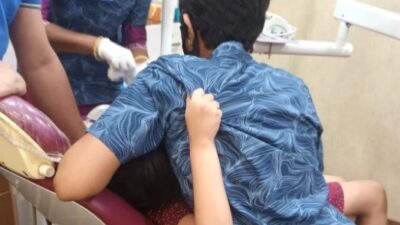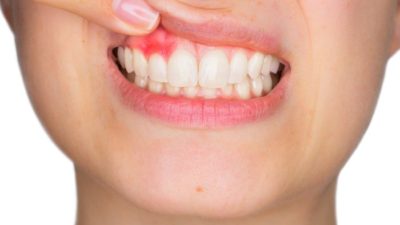
Dental x-rays are an essential part of any dental care treatment plan. They are diagnostic, but they can also be preventive, by helping a dentist diagnose potential oral care issues in a patient’s mouth before they become a major problem.
Here are five types of X-rays your dentist may use for your child, depending on the goal:
-
Bitewing X-rays (also called cavity-detecting X-rays)
-
Periapical X-rays
-
Panoramic X-rays
-
Occlusal X-rays
-
Orthodontic X-rays (also called cephalometric or lateral skull)
Bitewing X-rays (also called cavity-detecting X-rays)
These X-rays are used to view the areas between teeth that cannot be seen directly. They show where cavities are starting. These X-rays are needed only after the teeth in the back of the mouth are touching each other. In some children, this doesn’t happen until the first permanent molar (also called the 6-year molar) has erupted.
Periapical X-rays
These are used to view the entire crowns and roots of one, two or three teeth that are next to each other. The X-rays also will show the supporting bone structure of the teeth. This type of X-ray lets the dentist see a child’s permanent teeth growing below the baby teeth. It also is used to look for abscesses and gum disease.
Panoramic X-rays
These X-rays are used to view all of the teeth on one film. They also show the upper and lower jaws, the temporomandibular joints (TMJs) and the sinuses above the upper teeth. They are often used if a child has hurt his or her face, has orthodontic problems, or is mentally or physically disabled. Panoramic X-rays, unlike other types, do not require a film to be put in the child’s mouth. This is helpful for children who gag easily or who have small mouths. This X-ray has to be exposed for 12 to 18 seconds. The patient must be able to sit or stand still for that whole time.
Occlusal X-rays
These are used to view most of the upper or lower teeth on one film. This is useful when the dentist does not have a panoramic X-ray machine or when the child has difficulty in taking bitewing or periapical X-rays.
Orthodontic X-rays (also called Cephalometric or lateral skull)
This type of X-ray shows the head from the side. It is used to evaluate growth of the jaws and the relationship of bones in the skull. It helps an orthodontist make an accurate diagnosis and develop a treatment plan.
Dental X-rays are very safe and expose your child to a minimal amount of radiation. When all standard safety precautions are taken, today’s X-ray equipment is able to prevent unnecessary radiation and allows the dentist to focus the X-ray beam on a specific part of the mouth. High-speed film enables the dentist to reduce the amount of radiation the patient receives. A lead body apron or shield will be placed over the child’s body. Make sure the shield covers your child’s neck to protect the thyroid gland. It also should extend all the way to the thighs to protect the genitals and reproductive organs.
Content excerpts from http://www.colgate.com/




